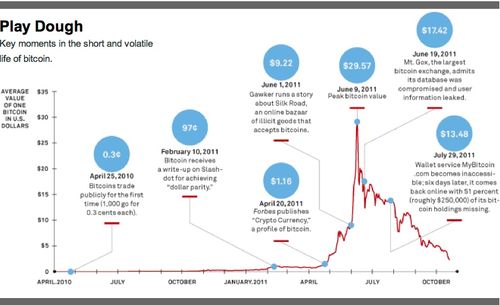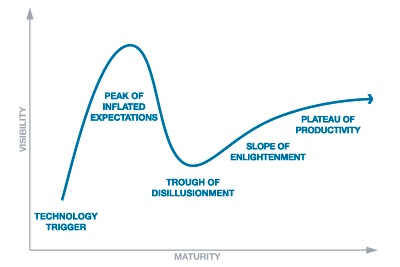This is the final post for my Skillshare class on Sustainability.
I will not do office hours this evening but I will do one final office hours next Monday, Oct 29th, from 6pm to 6:30pm. The link to attend that office hours is here.
For this final post, I want to focus on the Business Model Canvas and how to think about sustainability in the context of creating your business model. In order to talk about that, I went ahead and created a Business Model Canvas of my own using bmfiddle.com.
My Business Model Canvas is for a Bitcoin Bank.
If you think about banks in the real world, they are high cost affairs, with huge fixed costs including large branch networks. I am always shocked by how many bank branches I pass in a five to six block walk in NYC. The way these banks sustain these high costs is with large fees for depositors and high spreads between their cost of funds and the interest rates they charge borrowers.
So in thinking about how to create a sustainable Bitcoin Bank, I focused on a few key things:
1) keep the operating costs super low except in areas where there is a unique and important consumer value proposition
2) make it easy to access the bank and your balances within the context of low operating costs
3) keep the fees charged to customers as low as possible
4) allow third parties to build busineses on top of our business
The result is a super simple business model. My Bitcoin Bank would charge a very low monthly fee per Bitcoin deposited and nothing else other than pass alongs for any costs incurred in moving bitcoins in and out of the bank on behalf of our customers. We would not have any branches. We would operate via simple, easy to use mobile and web interfaces. We would keep our operating costs super low with the exception of one area where we would make a large and ongoing investment – in hiring and retaining a top notch and super experienced security team. We would allow third parties to create related businesses on top of our API. Services like lending, investing, etc would not be provided by our bank but by third parties who access our customers via our API.
I believe this business would be highly sustainable because it would focus on one very simple value proposition – security. And in return it would charge the lowest fees possible in order to make and sustain a profit. It would make it very difficult for others to price lower fees for storage and security. And it would benefit from the ecosystem of third party value added service providers operating on top of its API.
Here are some decisions I made in order to increase the sustainability of the business:
1) A focus on very low fees to our customers so that it will be difficult for competitors to undercut our offering.
2) A decision to focus on only one thing, security, and allow others to build additional services for our customers. This allows us to be best in class at the one thing we choose to do and it means our customers can choose to pay for additional services or not, and always on their own terms.
3) A cost model that keeps operating costs as low as possible in all areas other than security, which is our key consumer value proposition.
So when you are finalizing your Business Model Canvas for your final project for this course, think about what your key value proposition is and who is your primary customer and focus on that. And think about what you can do in your revenue model to make it so that it will be hard for others to come in and undercut you. And think about your cost model and how to keep it as low as possible while allowing your company to be best in class at what it does.
Please submit your final Business Model Canvas project here by Thursday, Oct 25th, 11pm EDT. I will pick out a bunch that I like and review them next week on office hours.
That will be the final event in this course. I hope you have enjoyed this class/series. I think sustainability is an important and overlooked aspect of business and it needs to built more tightly into business thinking.




